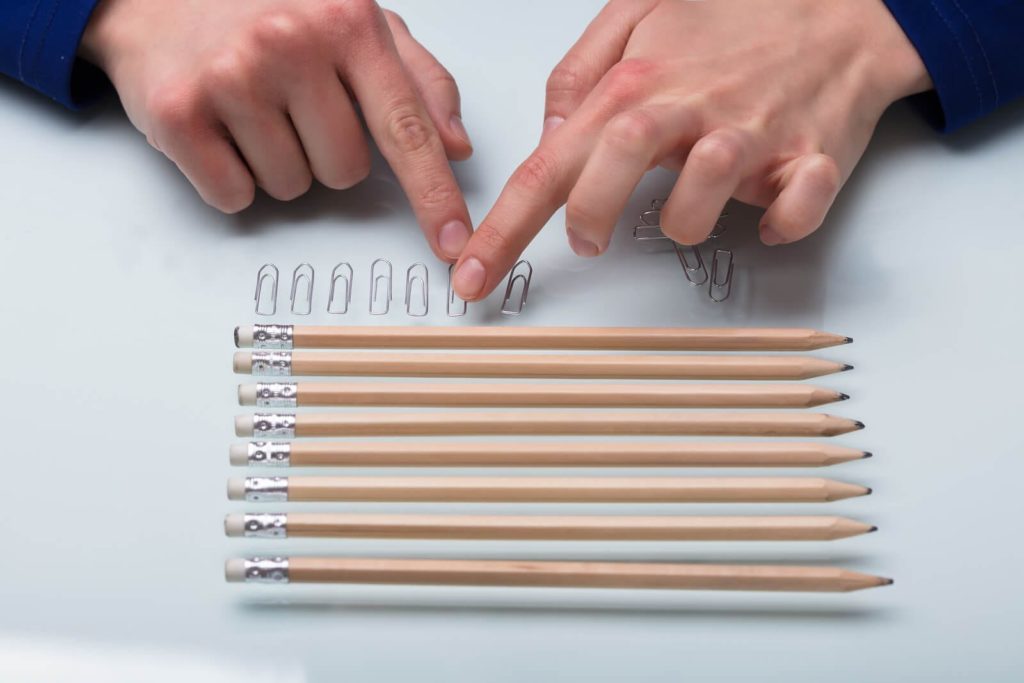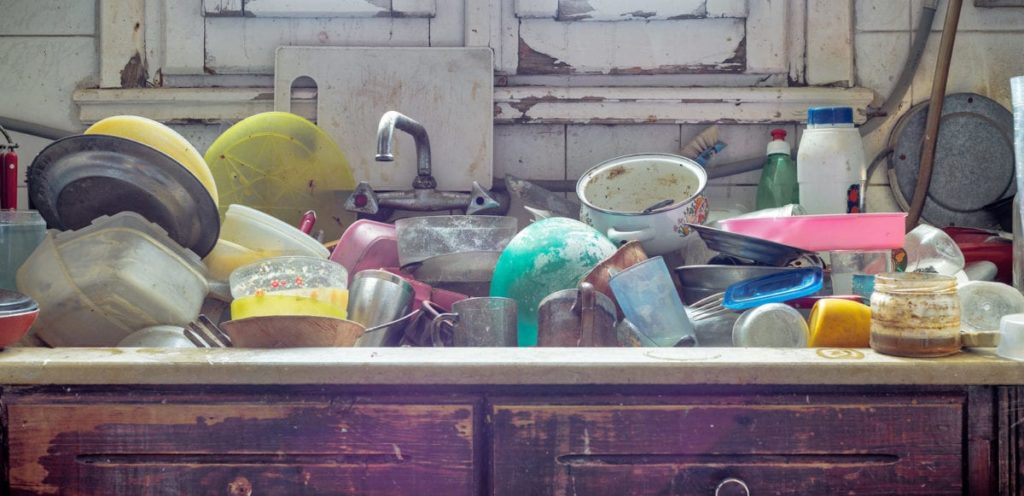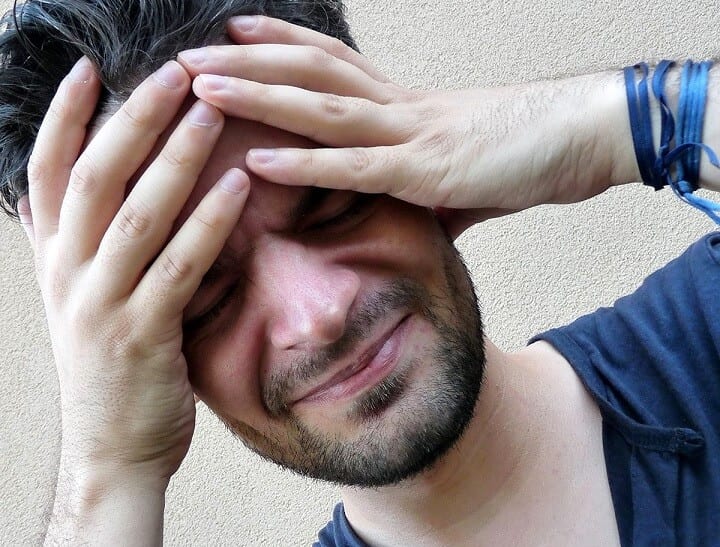
Types of OCD and Addiction – By definition, every person with obsessive-compulsive disorder will engage in some forms of obsession and/or compulsion. However, these can take on many different forms depending on the subtype. The following list includes several common subtypes of OCD. Of note, not all people with OCD will fit precisely into one of these categories.
Types of OCD
Early onset
Early onset OCD develops before puberty. According to the National Institute of Mental Health, about one-third of people with OCD are early onset. In this subtype, compulsive behaviors are often present before obsessions and can be more severe/frequent than in OCD that onsets during adulthood. Early-onset OCD has also been found to be associated with an increased likelihood of tics and other mental health conditions. It also tends to run in families, suggesting there may be a genetic component.
TIC-Related
According to some estimates, as many as 40% of people with early-onset OCD also have tic-related OCD. Tics are sudden, rapid, repetitive, non-functional motor behaviors or vocalizations often preceded by sensations that are relieved by tic expression, not unlike scratching an itch. Common motor tics include behaviors such as eye blinking and head jerking, while common phonic tics include throat clearing and grunting. These behaviors are mostly involuntary. Tic-related OCD has a significant likelihood of co-occurring with the neurological condition Tourette syndrome, and it is believed that they may have related mechanisms in the brain. Tic OCD is most common among men, and people with this type of OCD often exhibit symptoms related to symmetry, intrusive thoughts, and hoarding.
Hoarding

Hoarding is characterized by persistent difficulty discarding or parting with possessions, even though they are often perceived by others as useless. This behavior usually has many harmful effects on the person hoarding, family members, and friends. Children who grow up in hoarding households may be quite embarrassed and avoid having friends over to the home. Hoarding is quite often more serious than other types of OCD and people who suffer may have a greater degree of impaired functioning. Moreover, hoarders seem to less aware of the reality of their problems and are also at a higher risk for substance abuse, binge eating, and social anxiety.
Contamination
On the flip side of hoarding is contamination OCD, which involves the compulsion to clean or wash something, such as hands, in response to the obsession that other things are contaminated and will cause illness. A person with this time of OCD might worry about dirty countertops, door knobs, and other items (especially in public places) that they or their loved ones might come into contact with. To deal with obsessive fears, someone who experiences contamination OCD might compulsively:
- Throw things away unnecessarily
- Clean or sanitize things
- Excessively wash hands or brush teeth
- Change clothes often
- Avoid public places or touching certain objects
Scrupulosity
For some people, OCD exhibits religious or moral symptoms, such as:
- Seeing immorality everywhere
- Unwanted sinful thoughts, such as about the devil
- Excessive doubt about whether or not one has committed a sin
- Taking a religious routine to an extreme, such as going to confession too often
According to one estimate, up to 24% of people with OCD experience some obsession related to religion.
Just Right
Many people with OCD are compelled to get things “just right,” meaning that they are driven to repeat an action until they can get achieve perfection. These experiences are often related to checking and ordering and perfectionism regarding personality traits.
Primary Obsessional

About 1 in 4 people with OCD will experience disturbing obsessions but will not engage in any corresponding physical rituals. These people may have mental “cleansing” rituals, however, as they find themselves troubled by violent, sexual, or religious thoughts. For example, they may count or pray. Intrusive thoughts occur involuntarily and often distress or horrify the person thinking. That person may believe that there is something wrong with them or that they may act on these thoughts. Fear may cause them to avoid situations related to their thoughts.
Brain Injury-Induced
People who have suffered head injuries are more than twice as likely to experience OCD as those who have not. Symptoms of OCD have also been linked to brain tumors, stroke lesions, and Parkinson’s disease.
Medication-Related
There have been some reports of patients suddenly exhibiting symptoms of OCD after being treated with antipsychotic drugs. This could mean that these medications are causing OCD to develop where there was none present before, or that symptoms of the condition being treated (schizophrenia, for example) masked the effects of OCD.
Obsessive-Compulsive-Related Disorders
There are some disorders related to OCD that also involve obsessive thinking and compulsive behavior. These include, but are not limited to the following: Hair Pulling – Trichotillomania (TTM) Trichotillomania (TTM) or hair-pulling is the compulsion to pluck out one’s hair. People who suffer from TTM are often very embarrassed by their habit and do it in only in private. They may pluck the hair out of their head, eyebrows, eyelashes, arms, legs, face or other areas with their fingers or tweezers. TTM may relieve stress temporarily and give pleasure to those affected. Skin Picking – Excoriation People who suffer from excoriation, or skin-picking, pick at their skin in some area even when it becomes damaged or bleeds. Face-picking is common, but this action can occur anywhere on the body. After the picking takes place, the person may feel depressed or guilty. Many individuals who experience excoriation disorder also have body dysmorphic disorder and remove blemishes, moles, etc. with sharp objects such as tweezers. This habit can lead to scarring and infection. Body Dysmorphic Disorder (BDD) Body Dysmorphic Disorder (BDD) occurs when a person becomes obsessed with a real or perceived bodily flaw, even though they look perfectly normal or even attractive to other people. People with BDD may avoid going out in public suffer from other problems such as eating disorders and anxiety.
Case Study: Travis

Travis is a man, 38 years old, who experiences Tourette’s syndrome and intrusive thoughts. His tics are mild and usually involve the compulsive need to clear his throat. He is taking an antipsychotic medication that effectively controls his tics. His intrusive thoughts, however, are still bothersome. His father was a corrections officer, and as he was growing up, he used to imagine what it would be like in solitary confinement for prisoners and would cry uncontrollably. He still thinks about this from time to time, although it disturbs him greatly.
Treatment for OCD and Addiction
OCD can be treated using a combination of medication and behavioral therapy, but even these may not relieve all of the symptoms. As a result, some OCD sufferers may turn to drugs or alcohol as a means to self-medicate. One recent study found that more than 1 in 4 people (27%) with OCD also had a substance use disorder at some point during their lives. People with OCD and co-occurring addictions should be treated using an approach that focuses on both conditions, not just one. Our center offers both inpatient and intensive outpatients for persons experiencing OCD and substance use disorders. Inpatients reside at the center 24/7 for a month or longer, while outpatients visit the center several times per week to engage in therapy and support groups. After initial treatment, patients can take advantage of our aftercare planning services for long-term medical and mental health support.